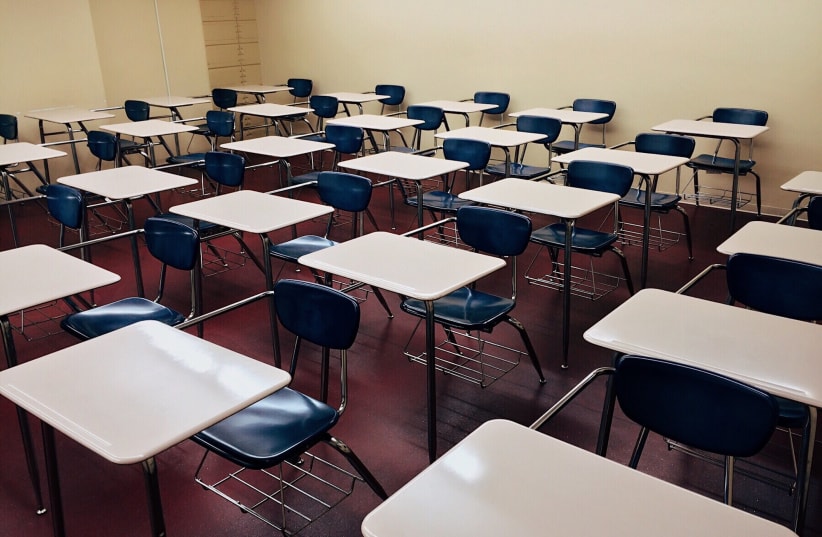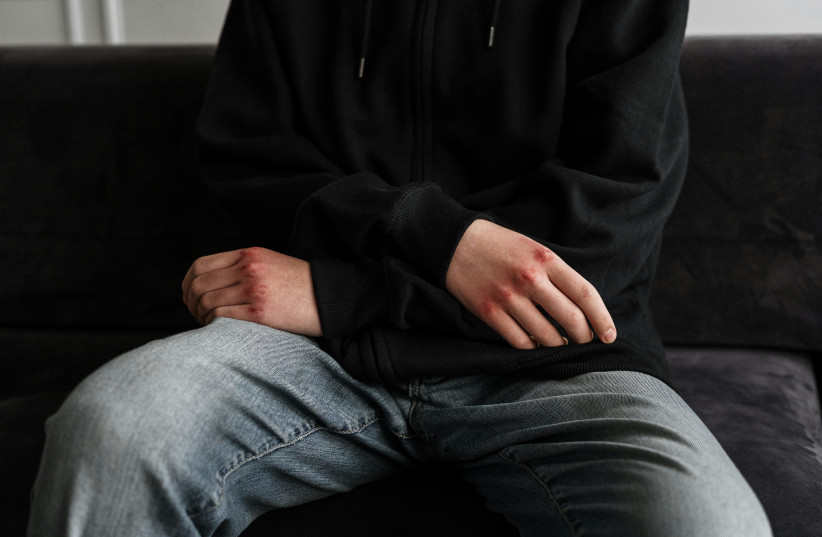There have been shocking incidents in which pupils have been not only verbally but also physically violent against their teachers. Should they be suspended or expelled to another school where their misbehavior is transferred to another address?
Educators are often the targets of school violence, and these experiences are linked to damaged mental health and harmful professional consequences. Yet very little is known about school interventions and practices that can help to ensure teachers’ safety.
For the first time, US teachers have told researchers what strategies they think work best to deal with violence by pupils against educators.
Teachers rated suspending or expelling students as the “least effective way” of coping with violence, despite the popularity of “zero tolerance” policies in many school districts.
Instead, teachers rated prevention policies, such as counseling for troubled students and improving the atmosphere in schools as the best strategy for dealing with violence.
The research has just been published in the journal School Psychology under the title “Addressing violence against educators: What do teachers say works?”
Violence prevention methods
Results showed that schools’ use of exclusionary discipline practices like expulsion or suspension was linked to a higher likelihood of teachers reporting violence – verbal attacks and threats and physical and property violence against themselves. The reason may be because suspending or expelling students makes them angrier and leads to more violence, said study co-author educational psychology Prof. Eric Anderman. “Getting rid of the pupil doesn’t make the school safer in the long run,” Anderman said. “And it certainly doesn’t address the underlying issue of what caused the violent behavior in the first place.” The team based its conclusions on 4,471 pupils from pre-kindergarten through 12th grade teachers in 2020 and 2021. The educators reported on whether their school used 21 common safety measures divided into four categories. Along with exclusionary discipline and prevention measures, the other two categories were school protection such as use of metal detectors and security cameras and crisis intervention like using physical restraint during violent episodes.
Teachers also rated their school’s effectiveness at using the 21 safety measures. Finally, participants rated how often they experienced 13 different types of violence from students in the past year.Results showed that more than 95% of teachers reported their schools used all four categories of school measures addressing violence. The teachers rated prevention as the most effective strategy for dealing with violence. Crisis intervention was rated second, school protection was third. and exclusionary practices were found to be least effective. “There are some people who think that the answer to school violence is to get the bad kids out of school, but our data shows that teachers don’t think that works,” Anderman said. However, offering counseling to students rather than keeping them out of school is one such measure, Perry added.
Another is to improve school climate so that teachers, pupils, and administrators work together to make the school a place where they all want to be. “These are proactive approaches that schools can use to try to reduce and prevent violent events before they occur,” Perry said.Anderman said teaching social-emotional skills in school – such as self-awareness, self-control and interpersonal skills – can be an important part of violence prevention, even though some critics want schools to only focus on “reading, writing and arithmetic.” Such a preventive approach is similar to that used by public health officials to prevent disease and chronic health issues.“Public health experts know that it is easier and less costly to pay for a test that can identify a health problem early than to pay for treatment later,” Anderman said. “Schools can take a lesson from that to prevent violence.”

